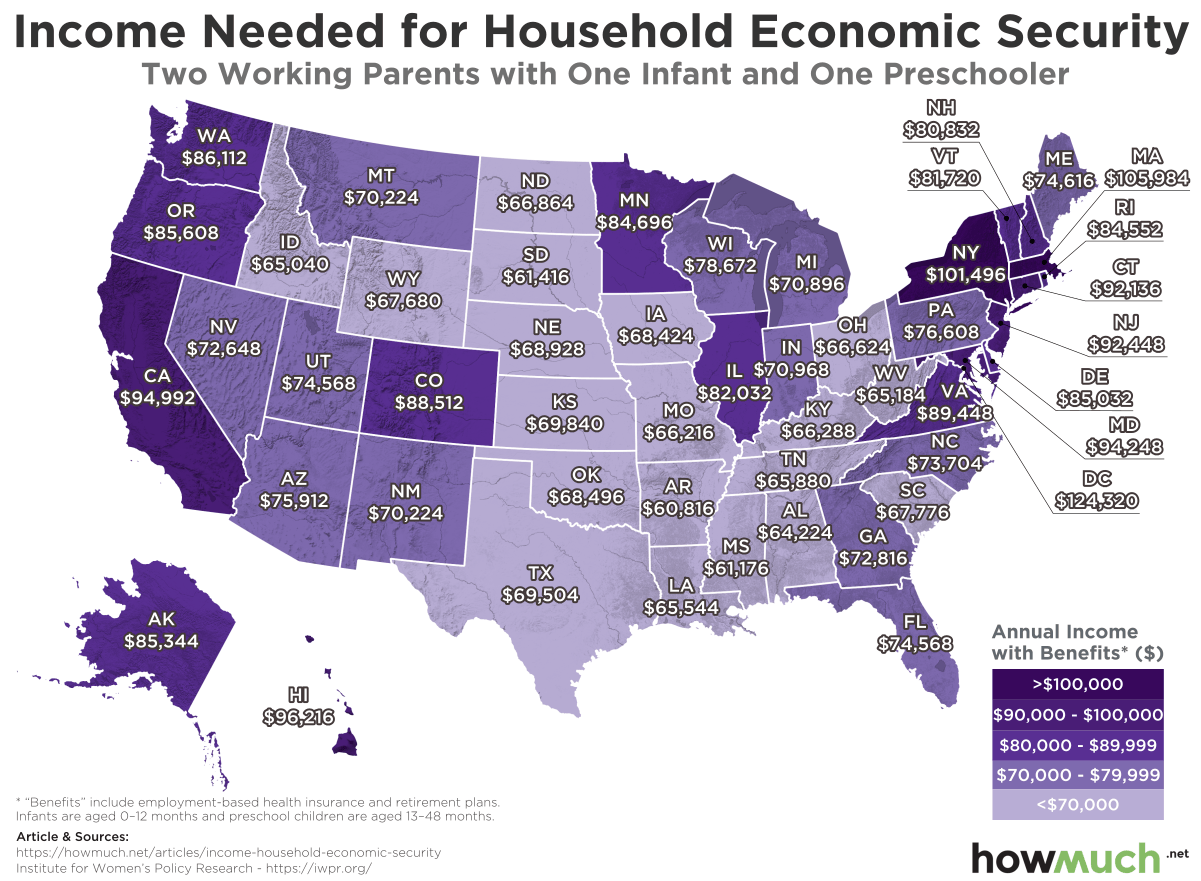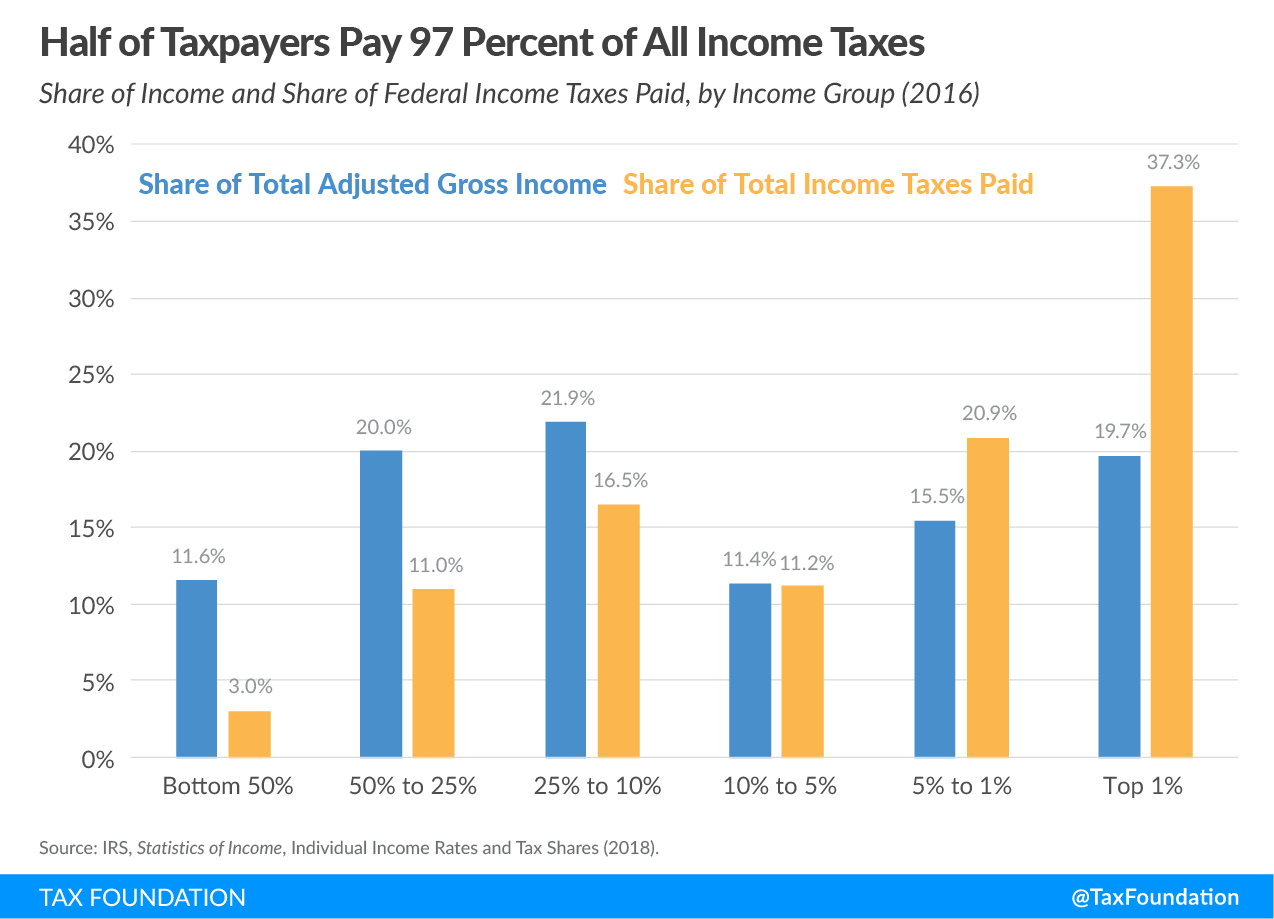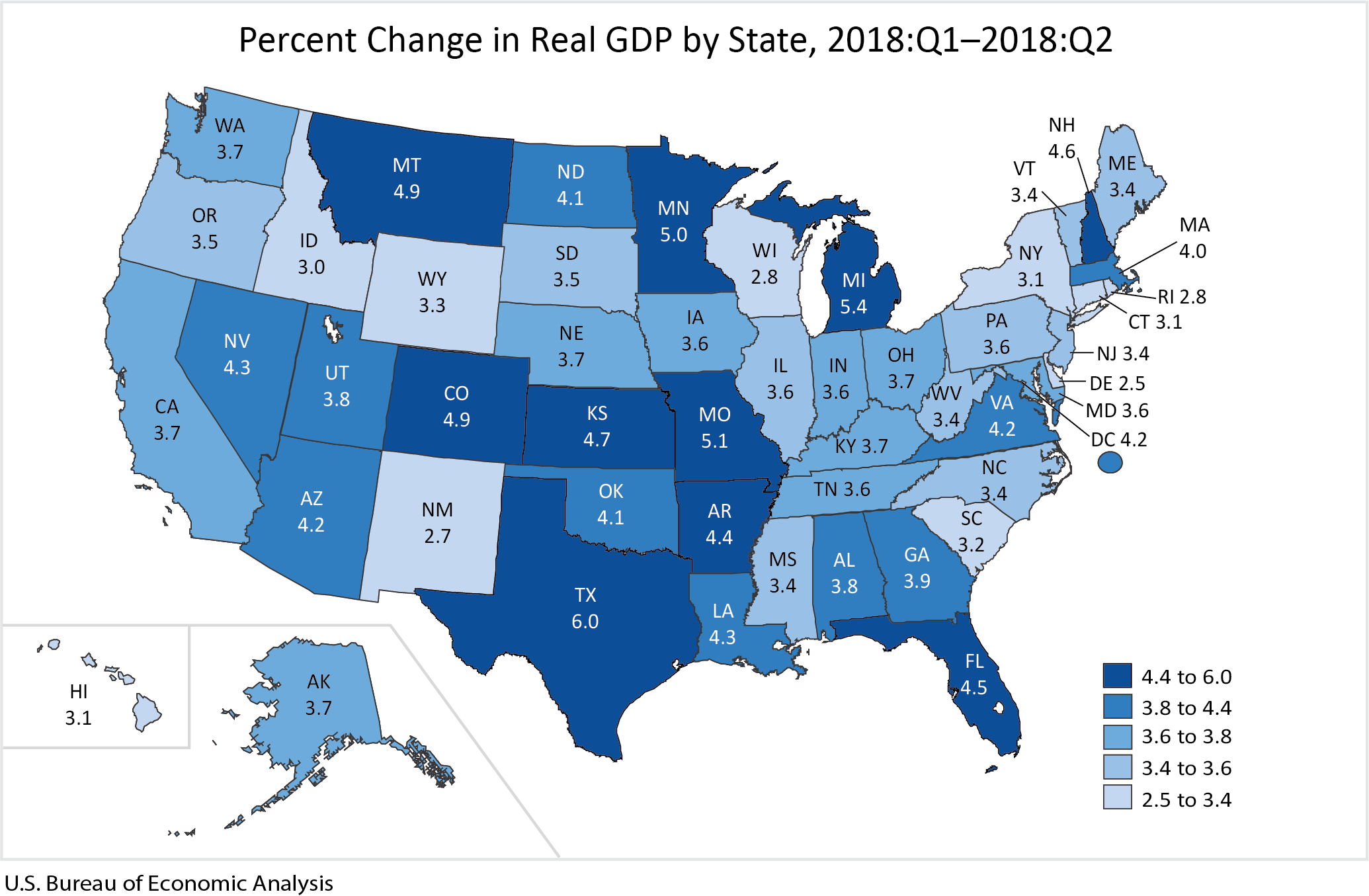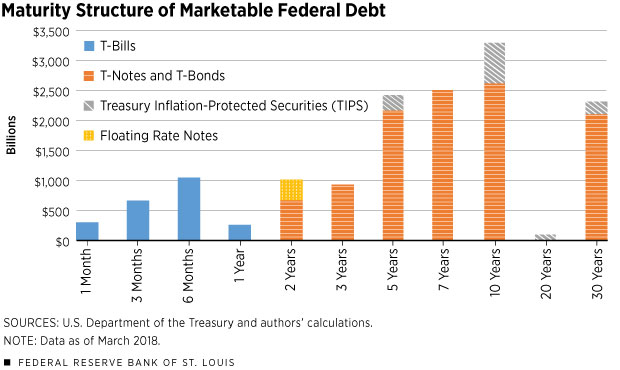Until recent changes were made to Google and Facebook search engines, these tech companies promoted Holocaust denier websites to a high ranking in search results about the Holocaust. See for example, BBC News, "
Google responds on skewed Holocaust search results" by Chris Baraniuk, Technology reporter, 20 December 2016, and Business Insider, "
Facebook has been promoting Holocaust denial groups at the top of its search results, and now says it made a mistake" by Rob Price, Jul. 20, 2018.
I do not believe anyone at the senior and executive level of either company is a Holocaust denier, nor do I believe any employee intentionally manipulated the code of the search engines to promote sites denying the occurrence of the Holocaust.
Complex coding can result in unintentional outcomes. Ask any company that is trying to write autonomous automobile driving programs, any computer programmer who had to debug a computer operating system code or debug any other complex computer program.
If the Tech companies were wiser, they would admit that skewed search results do happen at times in any search and can frequently happen for certain topic searches where there are extreme points of view. Denying that results for political based searches can be one-sided and appear biased is neither productive nor true. There is nothing wrong with adjusting a search to promote some lower ranking sites to give a more balance presentation of facts as a search result even if an unadjusted search result would give a one-sided result a higher ranking.














